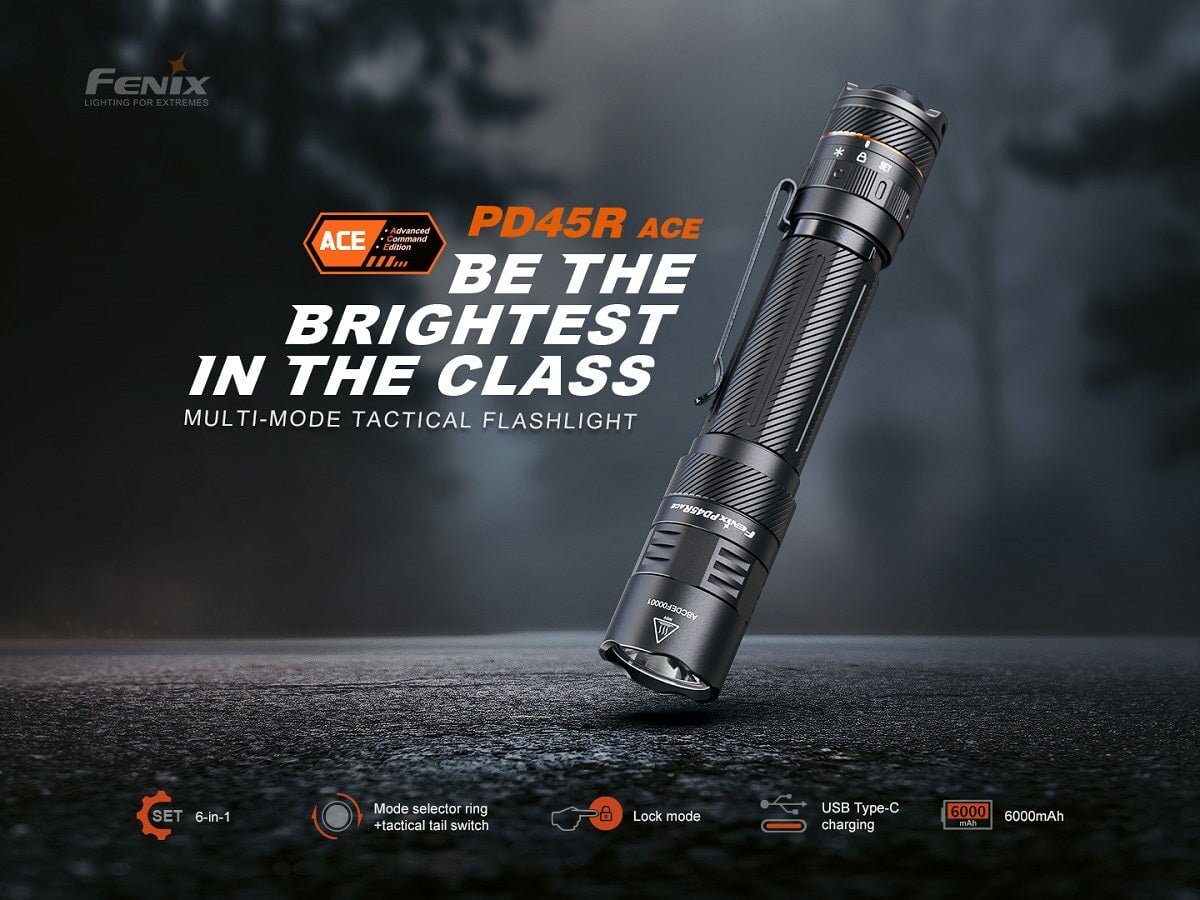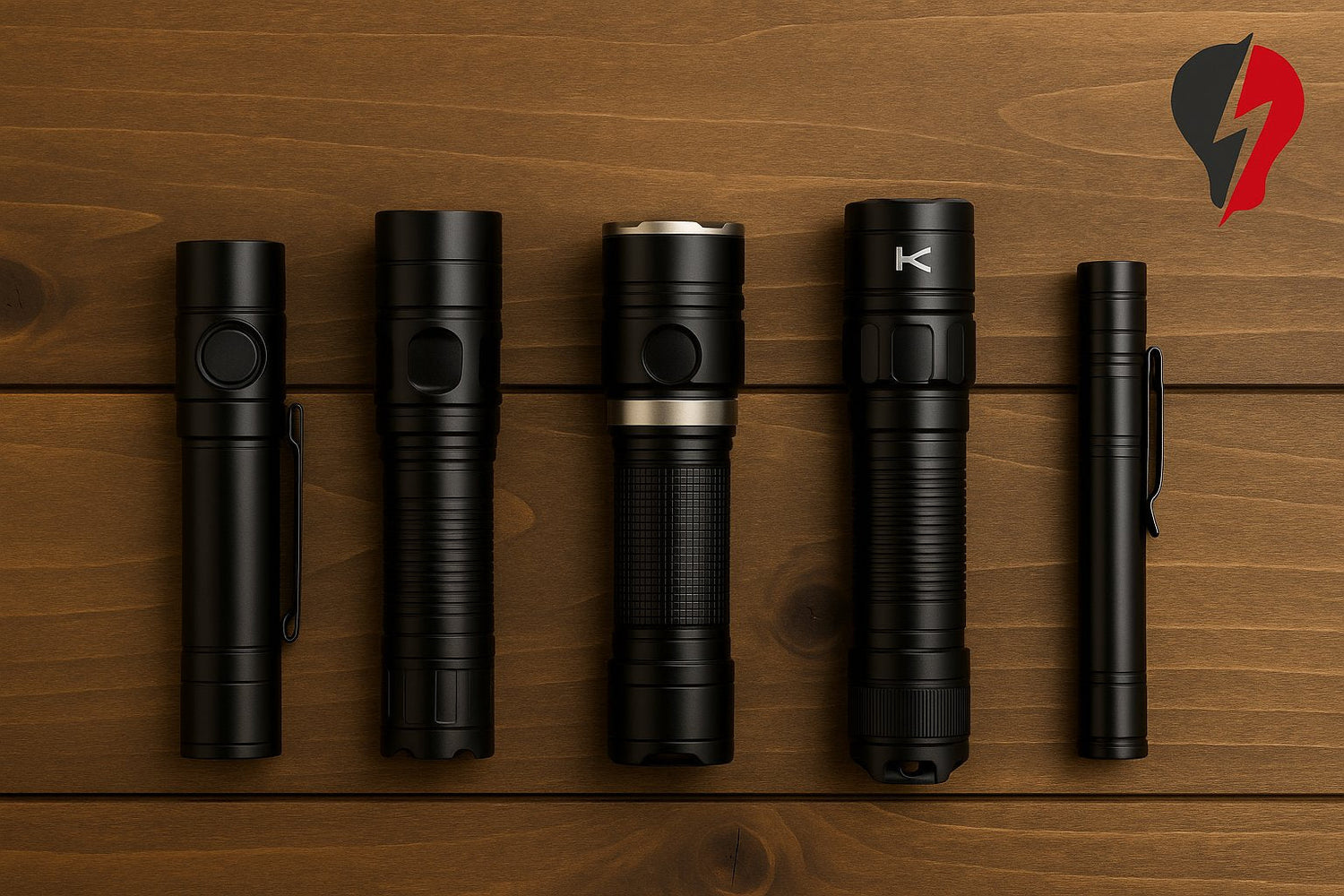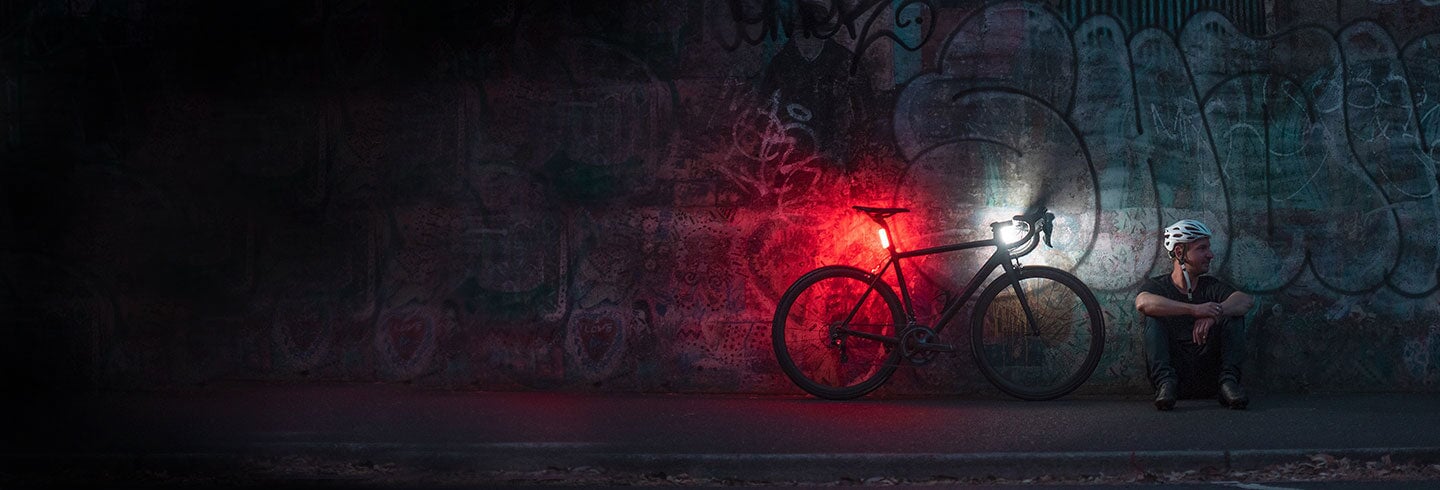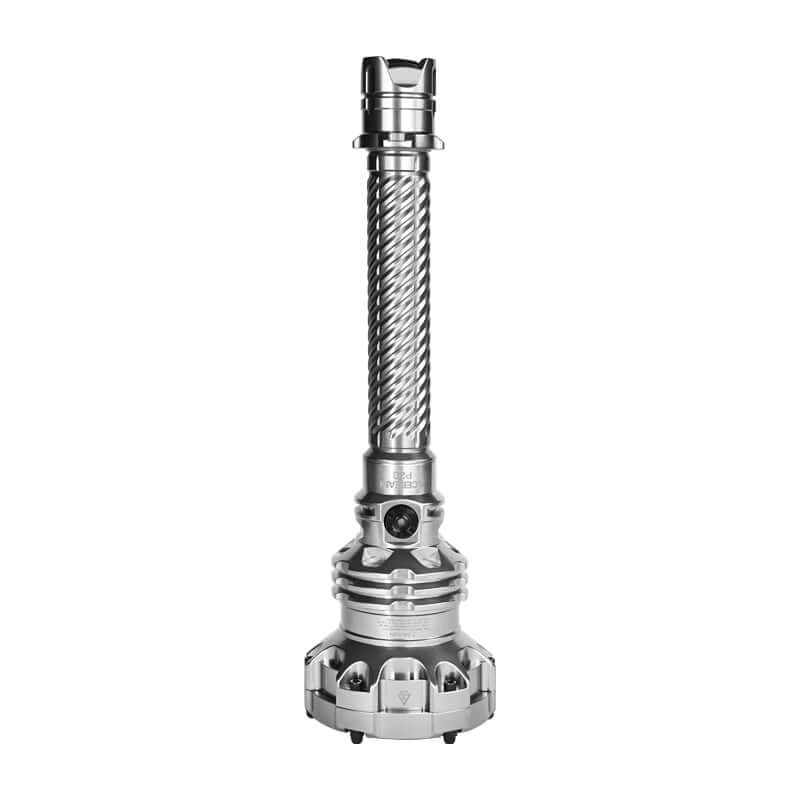Portable and practical, the flashlight is now present in most of our homes.
A flashlight is, by definition, a portable electric lamp. All flashlights produce light by dint of a bulb or LEDs on the latest models, which are more energy efficient than the bulb; we’ll talk about that a little further.
The flashlight was invented in the United States by David Misell, an employee of the company Birdsall. In 1897, Misell began working for American Ever-Ready Company, now mostly known for Energizer, founder Conrad Hubert and they filed, in 1898, the patent for the first ever flashlight called Eveready.
The first portable flashlights were hand-made from crude paper and fiber tubes with a bulb and a rough brass reflector powered by D batteries laid front to back in a paper tube. Because batteries were weak and bulbs primitive, flashlights of that time produced only a brief flash of light which is why we now called them flashlights.
Way before electricity, people used torches, candles and oil lamps to illuminate their homes. Candles were used on their own but also used with lenses and put on the chandeliers around the house. Later on came different other types of lamps like Kerosene (petrol) lamps and gas lamps.
Whether it is a torch, a candle or the, now used worldwide, flashlight, humans were always looking for a source of light that they could bring with them almost anywhere; that was the point. Using fire, oil or petrol as a source of light was pretty dangerous and it’s only in the late 19th century that they found a solution to that problem; hurray, the electric light bulb and dry batteries were invented, a great solution to avoid fire risk.
From the first flashlight to the incandescent lights.
The first portable flashlights, as explained, were hand-made and the bulbs were primitive which was not very efficient, but it was a good start and a revolutionary idea. Around 1904, the development of the incandescent lamps with three times the efficacy of the first Eveready model made flashlights more useful to public and, at the same time of course, a lot more popular.
By 1922 many other types were available; the tubular hand-held variety, a lantern style that could be set down for extended use, pocket-size lamps, and large reflector searchlight-type lamps used mostly for lighting distant objects. That same year (1922), there were an estimated 10 million flashlight users in the United States; isn’t that impressive? Quickly, flashlights became very popular in China and by the end of the 1930s, 60 Chinese companies made flashlights and were selling them around the globe for as little as one-third the cost of equivalent imported models.
Alongside the incandescent light bulb, there was also the halogen light and the krypton light, which are both technically a special type of incandescent. Most standard incandescent light bulbs are filled with inert argon plus enough nitrogen to suppress arcing between the lead-in wires. Krypton, also called Xenon, however, is more expensive and is used mainly on special application bulbs.
That being said, the light output of an incandescent lamp in a flashlight varies widely depending on the type of lamp and the color produced by those lamps is a lot warmer than the latest LED’s models; no white light there.
HID flashlights.

For the same amount of electricity used in the incandescent light, the HID (High Intensity Discharge) lamps can produce more light. Less common than the other lights, the HID lamp can do so because it uses a mixture of argon and metal halide salts to work.
The lamp will even last longer and is more shock resistant than a regular incandescent bulb, since it lacks the relatively fragile electrical filament found in incandescent bulbs.
That being said, and you surely guessed it, the HID lamps are much more expensive which explains why they are less common.
The incredible LED flashlights.
Since 1999, LED’s started significantly replacing incandescent bulbs in practical flashlights. LEDs, which are powerful white light-emitting diodes, existed for decades, but it’s only then that Lumileds introduced the Luxeon LED, a high-power white-light emitter. This made possible LED flashlights with power and running time better than any other light until that day.
LED flashlights must produce heat for them to generate light and both the light output and the life of an LED decrease with temperature. Heat dissipation for the LED often dictates that small high-power LED flashlights have aluminium or other high heat conductivity bodies, reflectors and other parts, to dissipate heat; companies obviously try their best, but some models will still become a little warm during use because of that – just know that it’s normal.
Light output from LED flashlights varies even more widely than what was seen before on the incandescent lights and are highly efficient at producing colored light; they sometimes even have a UV (ultraviolet) option.
Now…

Nowadays, thanks to electricity, flashlights are mostly used as a light source when in a place with no power or during power outages. In stores you’ll mostly find LED’s or incandescent lamps who runs on either disposable or rechargeable batteries, which are both alkaline or lithium batteries; every flashlight is different.
In addition to the standard flashlight, many forms have been adapted for the customers. Headlamps, more powerful than ever, are now on the market for a hand-free utilization. Some lights can be used in a flammable atmosphere, some are waterproof, and others are even explosion proof.
There’s also a lot of tactical devices dedicated to law enforcement, search and rescue, military and similar applications on the market. The variety of flashlights is endless; you will surely find what you’re looking for on the market.





